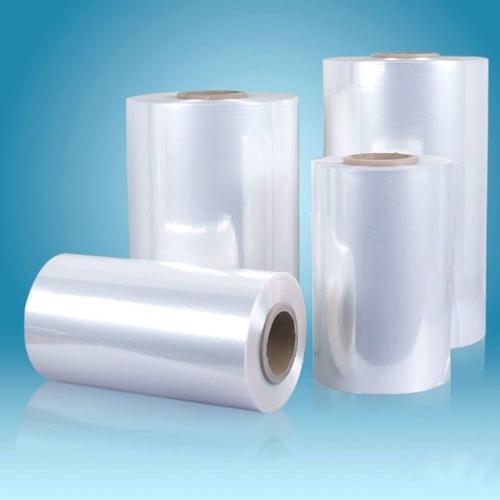
Food Packaging Film
120.00 - 175.00 INR/Kilograms
Product Details:
X
Food Packaging Film Price And Quantity
- 500 Kilograms
- 120.00 - 175.00 INR/Kilograms
Food Packaging Film Trade Information
- 20000 Kilograms Per Day
- 2 Days
Product Description
Food packaging film is a specialized type of film used for packaging and preserving food products. It is designed to provide a protective barrier against moisture, oxygen, light, and contaminants, ensuring the freshness, quality, and safety of the packaged food. Food packaging films are available in various types, such as polyethylene (PE), polypropylene (PP), and polyvinyl chloride (PVC), each offering unique properties suitable for different food applications.
FAQs :
Q: What is food packaging film?
A: Food packaging film refers to a type of film specifically designed for packaging food products. It serves as a protective barrier, preventing contamination, spoilage, and maintaining the quality and freshness of the food.
Q: What are the advantages of using food packaging film?
A: Using food packaging film offers several advantages, including extending the shelf life of food, preserving flavor and aroma, preventing moisture loss, protecting against physical damage, enhancing product visibility, and providing a hygienic and convenient packaging solution.
Q: What types of food packaging films are available?
A: There are various types of food packaging films available, including polyethylene (PE) film, polypropylene (PP) film, polyvinyl chloride (PVC) film, and other specialty films. Each type has unique properties such as clarity, flexibility, heat resistance, and barrier properties, catering to different food packaging requirements.
Q: Is food packaging film safe for contact with food?
A: Yes, food packaging films are specifically formulated and tested to be safe for direct contact with food. They comply with food safety regulations and undergo rigorous testing to ensure they do not leach harmful substances into the food.
Q: Can food packaging film be used for both hot and cold food?
A: Yes, food packaging films are available in different variants suitable for both hot and cold food applications. Heat-resistant films can withstand high temperatures, making them suitable for packaging hot meals, while cold-resistant films maintain their integrity in refrigerated or frozen conditions.
Tell us about your requirement

Price:
Quantity
Select Unit
- 50
- 100
- 200
- 250
- 500
- 1000+
Additional detail
Mobile number
Email

 English
English Spanish
Spanish French
French German
German Italian
Italian Chinese (Simplified)
Chinese (Simplified) Japanese
Japanese Korean
Korean Arabic
Arabic Portuguese
Portuguese





 Call Me Free
Call Me Free
